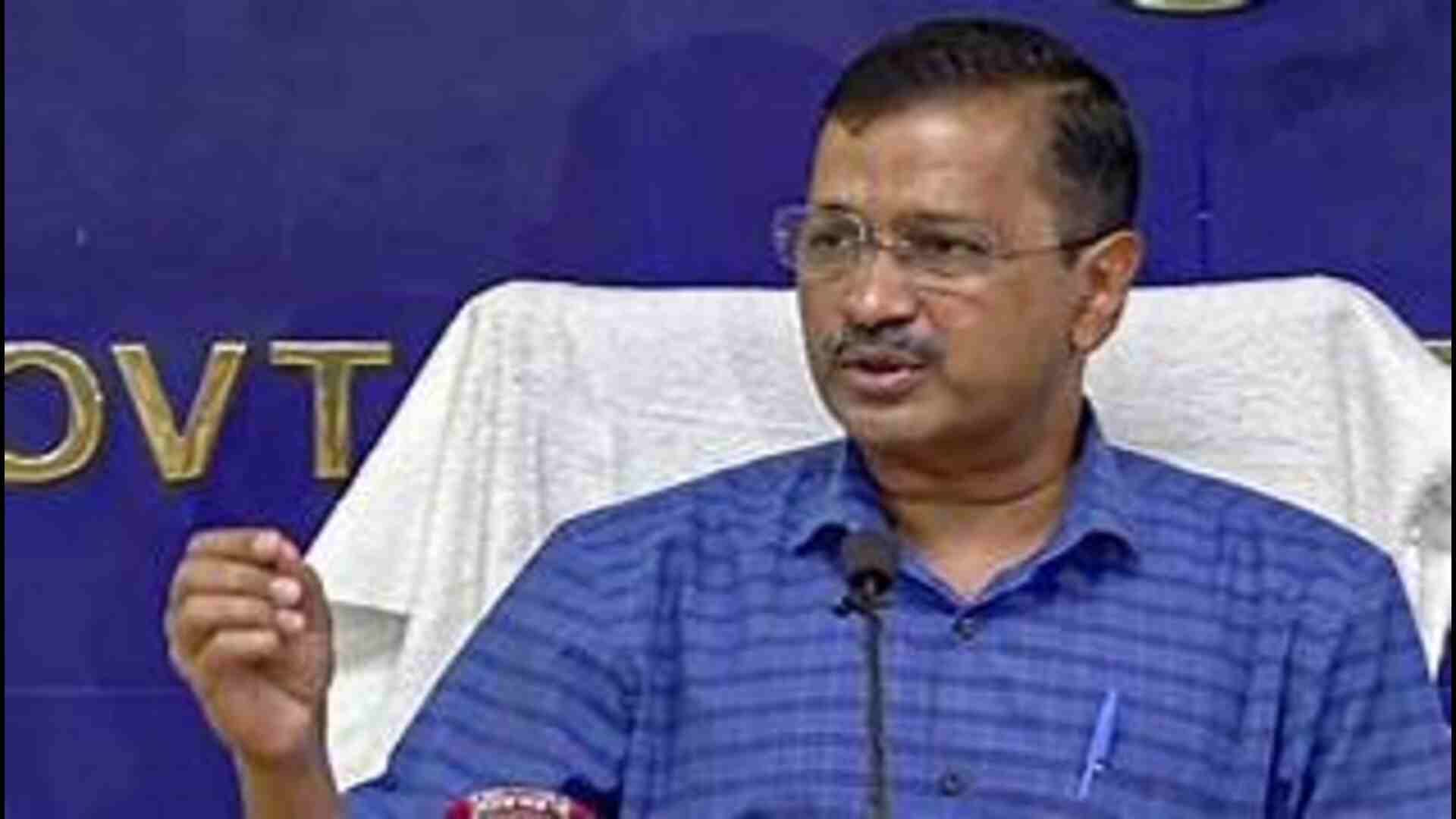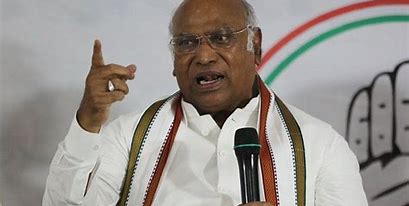Chinese President Xi Jinping’s visit to Riyadh in the context of souring US-Saudi relations highlights a deepening of China-West Asia relations and maturing of its ties with several other regional countries, and this will significantly impact Western interests. China’s recent inroads in the Gulf Region have come into the limelight, with Doha hosting the football World Cup with the highest Chinese investment, on the one hand, and the Chinese President’s “landmark” three-day trip to Saudi Arabia, on the other. On his trip to the world’s largest crude oil-producing country and his third trip abroad since the coronavirus pandemic broke out, the “new friends” signed deals worth $30 billion. Undoubtedly, the world’s geopolitics is in a reset mode following the Russia- Ukraine war, and the Arab Gulf region is also trying to construct a new identity.
Over the last two decades, a growing narrative in the media and academic sphere has seen the West Asian region as the latest flashpoint in the US-China rivalry. The Gulf members and Asian players have recently made a concerted effort to foster their relations beyond oil and trade. So, the newest is to turn this buyerseller relationship into a more meaningful strategic partnership. For a very long time, China had a minimal appetite to bring any significant change into US-led security architecture in the West Asian region and has not taken any strong position or played any vital role in regional politics. However, Chinese President Xi Jinping’s visit to Riyadh in the context of US-Saudi souring relations between 7 to 10 December highlights a deepening of China-West Asia relations and maturing of its relations with several other regional countries. Its economic presence within the region, which has now pulled into other wider geopolitical spheres, will significantly impact Western interests. This change has happened amid two developments: firstly, a shift in the economic centre of gravity in the gulf region from West to East as Asian countries surged ahead of the West as top investors and trade partners.
Secondly, the receding influence of the US is creating a security vacuum that is leading to an alternative collective security architecture based on East-East camaraderie. These can be defined through a few noteworthy events that have led to the developments in Gulf-Asia ties, the first being Asia’s economic miracle that coincided with the West’s suspicion towards the Gulf post 9/11 and the second landmark trips reciprocated by the leaders of both the Asia and Gulf. In this context, it is essential to understand why President Xi’s visit is considered the beginning of the “New Era” in ChinaSaudi relations. Chinese presence has steadily expanded across the West Asian region since the Belt and Road Initiative was announced in 2013. This was clear from China’s Arab Policy Paper announced in January 2016. President Xi emphasized West Asia and North Africa’s strategic role in China’s vision. Therefore, the partnership with Saudi, a US tradition in the region, is the strongest indicator of Chinese success in building a diversified presence. Saudi always tries to maintain a delicate balance between constructively engaging with China and alienating the US. How long will the Saudis be able to balance out this otherwise unsustainable equation? In 2018, the US released an intelligence report on the murder of Washington Post columnist Jamal Khashoggi by Saudi Arabian agents in Turkey, mentioning Mohammad bin Salman’s approval of the murder of the most ardent critic of the Saudi Kingdom. This undoubtedly indicated the culmination of the strong bond that both US-Saudi shared for a long. This was followed by President Biden’s statement on Saudi Arabia, which he described as a “pariah state” in 2019. The decision to cut the oil production by OPEC+ members led by Russia and Saudi Arabia, rejecting President Biden’s request to increase also shows how Riyadh is willing to risk its relations with the West to prioritize its financial and energy interests. This signals the precarious state of the US-Saudi relationship. At the geopolitical level, the rift between Saudis and their traditional security guarantor is growing wide over strategic divergence on Iran.
The conditions led by the Americans to help the Saudis against the Houthi’s missile attacks showed the fragility of America’s strategic safety net, which can no longer be taken as granted. Biden’s presidential nod to renew the nuclear deal with Iran hinted Saudis to begin looking for an alternative architecture. On the other hand, China seeks a stable region that secures a reliable oil supply and takes onboard the critical players for its global infrastructure project, the BRI. So, to maintain its neutrality, Beijing would be defusing tension by leveraging its strategic pacts with Iran and the Saudis. In this context, President Xi’s visit was a visually demonstrative act in international politics showing the incursion into what for long has been an American Territory. It can be testified by the lavish redcarpet welcome of the Chinese President in Riyadh which stands in contrast to the low-key reception Biden received in Jeddah just five months ago. This visit witnessed the signing of a Comprehensive Strategic Partnership Agreement and their heads of state agreed upon meeting after every two years. The Chinese presence in the Gulf region is also clear from its soft power presence in the region. There is growing hype for learning the Mandarin language among the Gulf states and increased Chinese tourist footfall and people-to-people exchanges in the last few years. This visit by President Xi also reiterated boosting cultural exchanges and included a memorandum of understanding on hydrogen energy by focusing on an alignment plan between Road and Belt Initiative and Saudi’s economic diversification program. Another notable development is the signing of a MoU with the Saudi government on enabling Huawei, the telecommunication conglomerate to build a data center in Arabia. But the real question still is whether China is ready to fill up the power vacuum.
It is evident that a mere buyer-seller approach in China-Saudi is not sustainable for long and this newfound friendship will only succeed if it moves beyond trade. At this time Saudi military is highly dependent on US assistance and Saudi’s tilt toward China and its agreement signals the growing relations beyond geoeconomics. Nevertheless, the growing strategic presence of China is something troubling for the US. More than being competitive, US needs more of a reorientation in its foreign policy to work its way. Dr Sreshtha Chakraborty currently works as an Assistant Professor of Political Science at Manav Rachna International Institute of Research and Studies.







